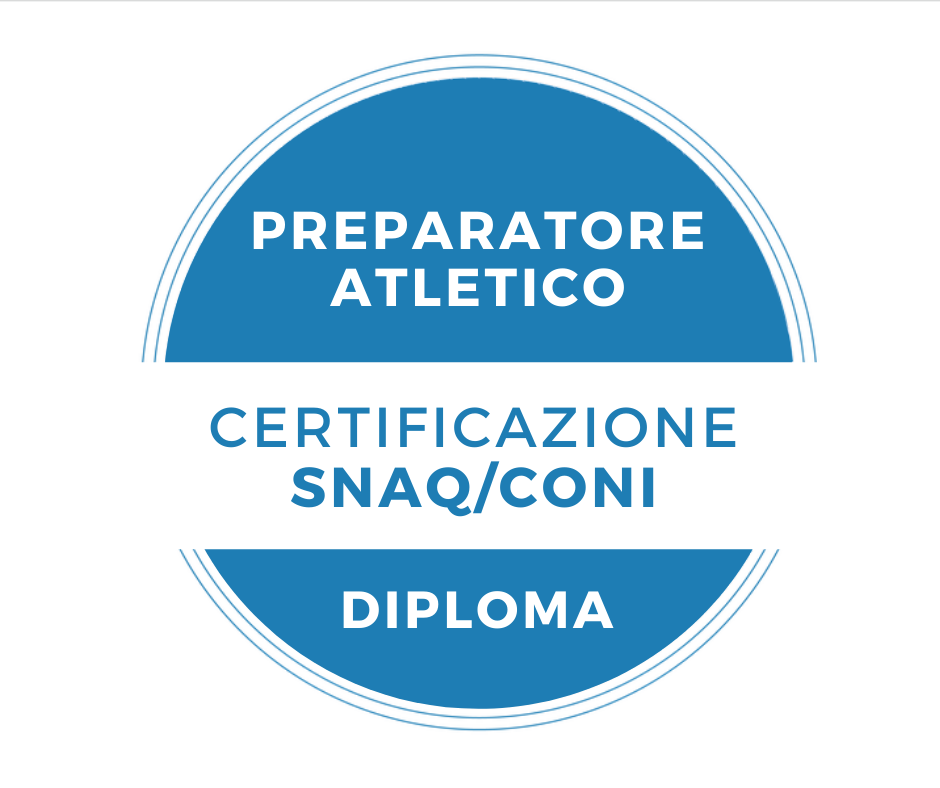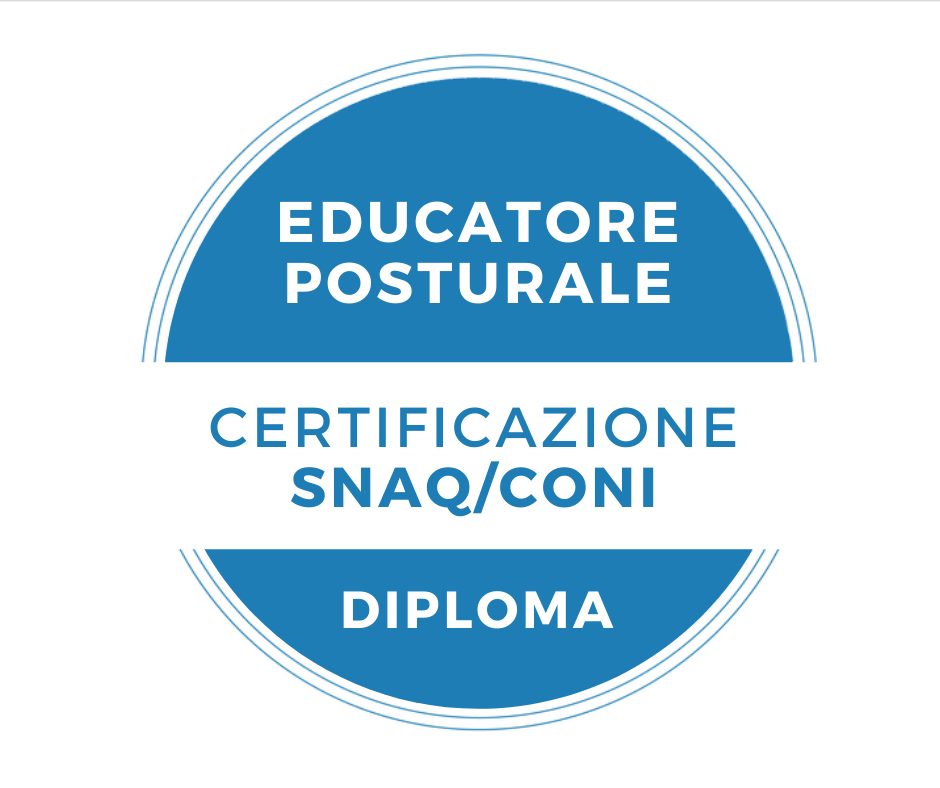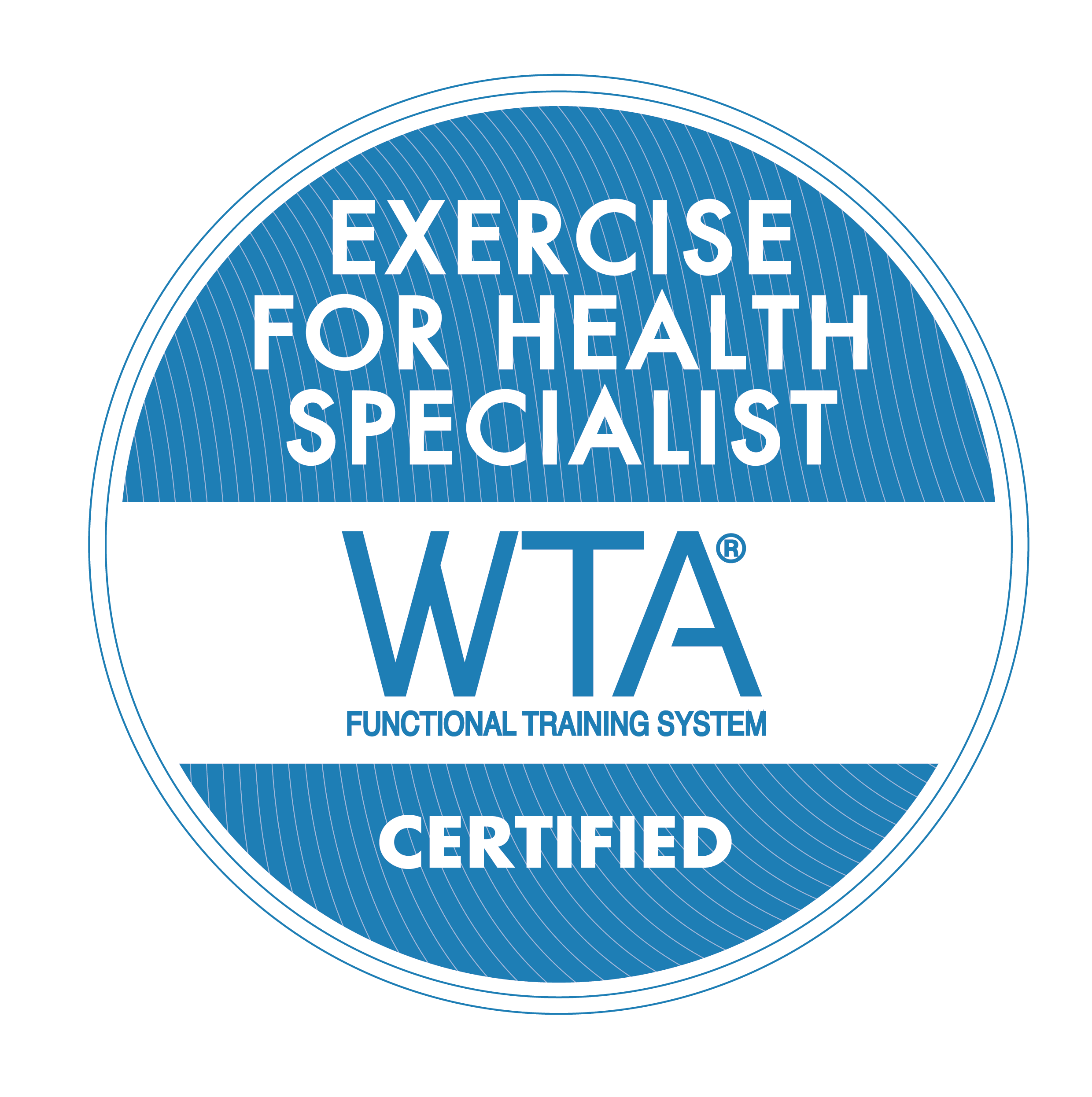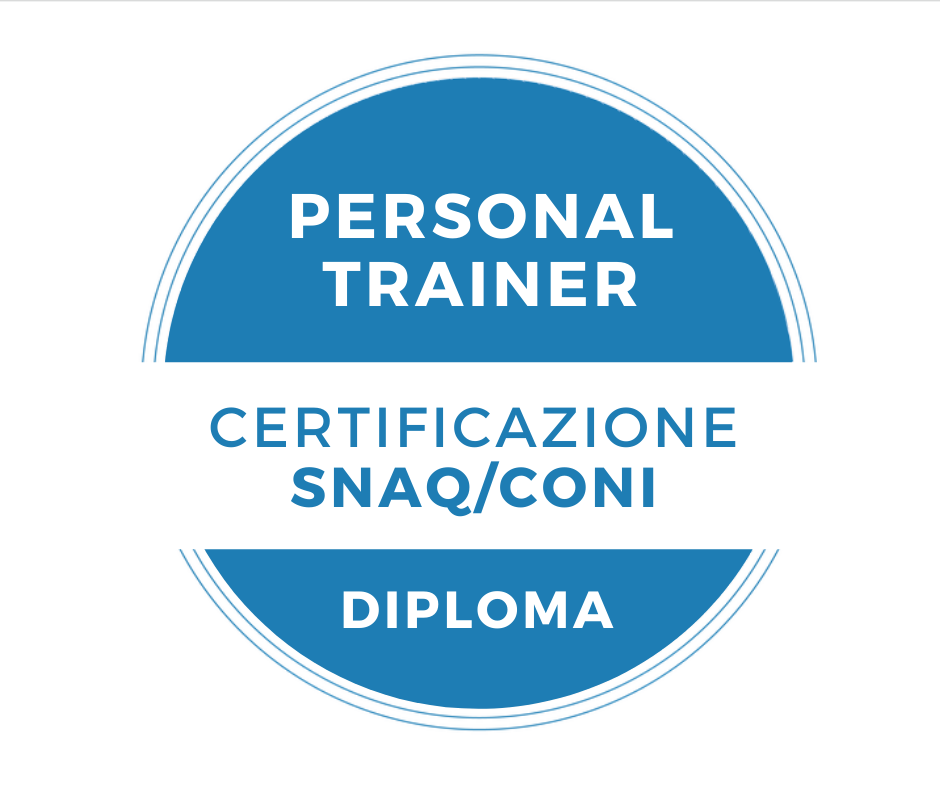RCF Functional Body/Postural Reprogramming and Post-Traumatic Recovery Instructor Course Level 1
-
This course is aimed at all those who teach physical exercise, and at therapists who intend to follow their clients accurately, avoiding errors in evaluation or the administration of inappropriate exercises.
It clarifies the key concepts on which a harmonious posture is based and which districts mobilise, stabilise, or re-educate the movement of each individual.
In addition to a simple and clear methodological basis for the evaluation of the posture and its re-education, the most common pathologies affecting athletes and sports people in general will be addressed in order to learn to recognise the possibilities of intervention, the contraindications, and the modalities of action.
The fundamental concept on which the RCF System is based is Functional Training for achieving a correct setting of the physical balance of the entire body and not only of the area concerned in the postural decompensation or the pain.
The attention is focussed on what is clearly observed in a disharmonious body, and on the fundamental points on which it is possible to act through targeted and considered protocols of work.
Ample space is dedicated to the practical part, on the technique of specific exercises for postural and post-traumatic recovery following a clear and precise progression based on the protocols of work that emerge from the phase of evaluating the person. -
What you will learn:
// What differentiates Functional Rehab Training from traditional sectoral rehab training;
// The differences between re-educating the Movement and training the muscles;
// What the myofascial muscle chains are, how they work, and how to best use them in the protocols of postural and post-traumatic recovery;
// How to prevent injuries through Intelligent Functional Training, and how to implement strategies of post-traumatic recovery through intelligent body Movement;
// What the scientific principles of the RCF Global Multiplanar Functional Recovery System are;
// What it means to train while respecting the Biomechanics of the body and the aspect of neutral posture;
// Which the principal fulcrums of movement are and which the fulcrums of body stability are, and how to use them effectively, both in practical exercises and daily movements, and in the motor patterns of the sports that are practiced;
// The difference between Global Joint Mobility and traditional Stretching;
// What the myofascial chains are, how they work, and how to use them to the fullest in the execution of the movements in order to improve the posture and the performance of every person;
// How to use the Core in order to better manage the kinetic chains in the multi-planar movement of the body;
// Which specific technical characteristics of Functional Training tools are most suitable to the RCF work protocols, and how best to utilise them according to the capacities and the Target of the client;
// A logical and effective progression to teach the technique of the exercises through a series of preparatory and complementary exercises based on the potential of each person;
// How to carry out the Evaluation Tests of Joint Mobility in order to trace the areas of postural and motor imbalances, which is fundamental for correctly setting up a recovery training program and for evaluating the client's progress over time;
// What the working protocols of reference are for each area of intervention, based on the results that emerge from the evaluation tests;
// How to best proceed over the long-term in order to achieve complete post-traumatic recovery;
// A fast and functional Coaching Method that has been put to the test in the field since 2009 by thousands of WTA Coaches and Trainers;
// How to use the competences acquired in the sale of Personal Training services;
// What the professional prospects of a WTA Trainer are.Index of topics of the Course Program:
• The RCF System: global and functional postural re-education, and training of subjects with pains and imbalances;
• The RCF Instructor: timing of the intervention, procedures, and competences (the appropriate professional figures and interaction between them);
• Base concepts of reference:
- Concept of the globality of the movement of the body (joint physiology, kinetic chains, proprioceptivity, and the neuro-muscular system) and differences between sectoral and global/functional training;
- Rigidity (imbalances of force and of hypertrophy, or anatomical limits), instability, pain, and recurrent dysfunctions, correlated symptoms, and contraindications.
• Pathologies of interest:
- Recurrent ankle sprains;
- Knee pain (instability, swellings, post-surgical functional recovery);
- Hip pain (rigidity, arthritis);
- Lumbago (hernias, spondylolysis, and pains in general);
- Back pain (overview of internal organs and respiration);
- Cervical pain and headaches (hernias and pains in general);
- Pains of the shoulders and scapula-humeral girdle (syndromes, swellings, and pain);
- Swellings of the elbows and the wrists.
• The limits of intervention (in certain cases and particular pathologies);
• Concept of dynamic posture (and motor patterns), evaluation of posture and joint mobility;
• Key parameters of an ideal posture: feet, knees, hips/pelvis, spine, shoulder blades/shoulders, upper limbs, cranium;
• Evaluation Tests:
- general and specific sectoral and global (micro area and macro area) postural tests;
- test of mobility, stability, and coordination with methodologies and tools of Functional Training;
• The data sheet for postural and general evaluation of the person;
• Programming of the RCF with the implementation of specific training protocols by areas of intervention and phases of recovery;
• Specific practical exercises with:
- Joint Mobility Exercises (joint mobility and proprioceptive exercises from standing);
- Primitive Functional Movement® (system of free-body functional training on the ground for global joint mobility and core training);
- Foam Rollers and Roller Grids (cylinders made in EVA foam and contoured cylinders for exercises of myofascial release);
- Flying Suspension Training (free-body training in suspension for joint mobility in the muscle chain and core training);
- Kettlebell Training (using light loads for exercises of joint stabilisation of the shoulder girdle and core training);
- Clubs Training (using light loads for exercises of joint mobility and stabilisation of the shoulder girdle);
- Flowbag Training® (bags containing water for exercises of proprioception, stabilisation, and core training).
• Effective RCF Coaching: communication and motivation;
• Aspects of sales and marketing of services related to RCF. -
Online Course: those who purchase the Online course are entitled to a 50% discount on the purchase of the same course On-Site.
-
Online Course: once you have purchased the course you can access your own Reserved Area in which you will have the complete course manual viewable in pdf format, the evaluation cards and the training sheets downloadable in pdf, and the video lessons of all of the exercises of the program (more than 100).
Your Reserved Area is equipped with a high information security format.
The only technology you will need in order to consult the teaching material in the Reserved Area is Adobe Reader (for the pdf files).
The teaching materials are compatible with: Microsoft Windows, Mac, iPhone, iPad, and Android. -
After having purchased the course (immediately if paying by credit card or PayPal; after receipt of the confirmation of payment if making the payment by bank transfer), you will receive an email (to the email address you indicate when purchasing the course), with details of how to access your Reserved Area where you will find the course you have purchased.
From that point, you have unlimited access to your Reserved Area.
You can access it as and when you want and at any time you want to study, then present the exam when you're ready, without deadlines or expiration dates. -
In WTA Courses, the exams are a fundamental part of the training process, as they allow both the WTA and the student to verify that they have correctly learnt both the theoretical concepts and the practical technical applications of the work program of the course.
In this way, 4 positive results are obtained:
1) WTA is sure to put only really prepared Trainers in the field;
2) the new Instructor feels confident that they have mastered the program of study and the executive technique of the exercises, therefore they feel ready to work with clients;
3) the clients who turn to a WTA Trainer are guaranteed to find professionals who are extremely competent and able to help them to reach their objectives;
4) the owners of gyms who employ a WTA Trainer are guaranteed to have professionals who are able to follow their customers in the best way, and to increase the volume of business of their gym.
The exams consist of:
- theoretical part: in which, through the writing of a thesis on a real case study selected by the student (focussed on a subject who must be one of their clients or themselves), the student demonstrates that they have acquired all of the theoretical principles that lead to the realisation of an effective training program for each specific client (following what has been explained in the course).
- practical part: in which, through the creation of a video, the student demonstrates that they have mastered the correct executive technique of the base exercises of the course program.
The exam is evaluated by a Tutor who is assigned to the aspiring Trainer at the time they present the exam. The Tutor will assist the student to pass the exam, providing any necessary corrections, both of the theoretical and the practical parts.
The common objective of the WTA and of the aspiring Trainer is to bring the training process initiated at the time of enrolling in the course to completion, so as to have a new WTA Trainer who is fully prepared to work in teaching the training Method learnt, in the most effective and efficient way possible! -
On passing the exams, the new Trainer will be awarded the coveted certification of Instructor of RCF® Level 1 that is valid for:
- inclusion in the prestigious Official Register of WTA Instructors and in the Professional Databank (free of charge);
- attainment of the CSEN/CONI Diploma and Technical Card (with a €100 enrolment fee).
- inclusion in the prestigious Official Register of WTA Instructors and in the Professional Databank (free of charge);
-
The RCF® Instructor Level 1 certification entitles students to training credits towards the following Educational Pathways:
- Educational Pathways for WTA Specialisation Qualifications: Personal Trainer - Functional Training Specialist - Exercise for Health Specialist - Athletic Training Specialist - Combat Sports Training Specialist - Soccer Training Specialist.
-
On attainment of the Diploma, the Trainer, in addition to receiving the Diploma, is incorporated in the prestigious Official Register of WTA Instructors, within their own region.
This Register, in addition to being the only official document accessible to the public which testifies the real competence of the Trainer, is a true and proper Professional Database which is open both to clients who are looking for a competent Trainer in which to trust, and to the owners of gyms who are looking for Professionals to include in their Instructor Staff.
In fact, the high level of professionalism of the WTA Training, universally recognised since 2009 in all physical fields (from athletic conditioning, to medical gymnastics applications, to purely aesthetic fitness), allows the WTA Trainer to be inserted in any sporting environment in which the functionality of the Movement of the human body is indispensable for the health and efficiency of the person, be they an athlete of a specific sports discipline or a person who wants to recover or improve their state of health and physical form.
To date, the WTA Method, through the great work of over 20,000 Trainers trained since 2009, has been applied with great success in all professional sports, in medical and physiotherapy centres, and in thousands of private and commercial gyms.
In particular, the fields of application in which the WTA Trainer is most in demand are those relating to:- Conditioning of Joint Mobility, prevention of injuries, and post-traumatic recovery;
- Conditioning of Functional Force in Sports;
- High Intensity Functional Training;
- Increasing biomechanical and neuro-motor skills both for general and specific sports;
- Aesthetic training associated with the improvement of the Posture;
- Group training for any type of level and target.
-
What are the pre-requisites for entry to the Course?
There are no pre-requisites, the Course is open to everyone.
Are the Diplomas recognised?
WTA Diplomas are recognised in all the Physical, Sporting, and Rehabilitative fields as a guarantee of professionalism that respects the highest global Standards of Quality, and are also recognised by the European SNAQ/CONI and by the International Olympic Committee through the CSEN/CONI.
What does the exam involve?
The exam involves sending a written thesis for the theoretical part and a video for the practical part.
How much time do I have to present the exam?
There is no deadline for presenting the exam; it depends on how much time you dedicate to the study and to the practice of the exercises after having attended the course, and on when you feel you are ready to take the exam.
If I do not pass the exam, can I repeat it?
When the exam is presented, a Tutor will follow you, assisting you step by step (providing you with all the corrections to improve yourself), to help you pass it. Repeat the exam is completely free.
If I don’t pass the exam, can I retake the On Site Course?
The On Site Course can be retaken as many times as you want, either if you have not passed the exam and need to improve some aspects, or if you have passed and just want to review the program to perfect it. Re-participating in the Course is completely free.
What is the timetable for the On-Site Course?
The timetable for all the days of the Course is from 09:00 to 18:00, with a one hour Break from 13:00 to 14:00.
Where can I see if there are Courses scheduled near me?
Consult the Calendar of upcoming events, which you can find in the bar above, by clicking on the EVENTS tab.
By when do I have to register for the On-Site Course?
Up to three six before the start of the Course.
By when do I have to register for the Online Course?
You can register for the Online Course at any time. Once you have purchased the Course, you can attend it whenever you choose (according to your own schedule of available time), progressively studying both the Teaching Manual and the Video Tutorials of the practical exercises, and then you can decide when you're ready to take the exam in order to acquire the Instructor certification.
How long does the access to the Reserved Area last, once I have purchased the Course?
Once you have purchased the Course, you are entitled to unlimited access to your Reserved Area of study, without time limits.
On how many devices can I connect the access to my Reserved Area?
For any single purchase of a Course, you can access your Reserved Area from a maximum of two devices of your choice, which can be a PC, tablet, or smartphone.
What clothing must I have to take part in the On-Site Course?
Comfortable gym clothing and flat-soled footwear. For the Joint Mobility exercises of the Primitive Functional Movement® free body System, it is recommended to work barefoot with socks that cover the ankles, and long comfortable trousers that cover the knees (for some exercises that involve sliding the legs on the ground).
What are the dates of the next On-Site Courses?
Consult the Calendar of upcoming events, which you can find in the bar above, by clicking on the EVENTS tab.
-
%20Logo%20Percorso%20Formativo%20Functional%20Training%20Specialist.jpg?locale=en)
%20Logo%20Percorso%20Formativo%20Athletic%20Training%20Specialist.jpg?locale=en)
%20Logo%20Percorso%20Formativo%20Soccer%20Training%20Specialist.jpg?locale=en)


%20Logo%20Percorso%20Formativo%20Combat%20Training%20Specialist.jpg?locale=en)

